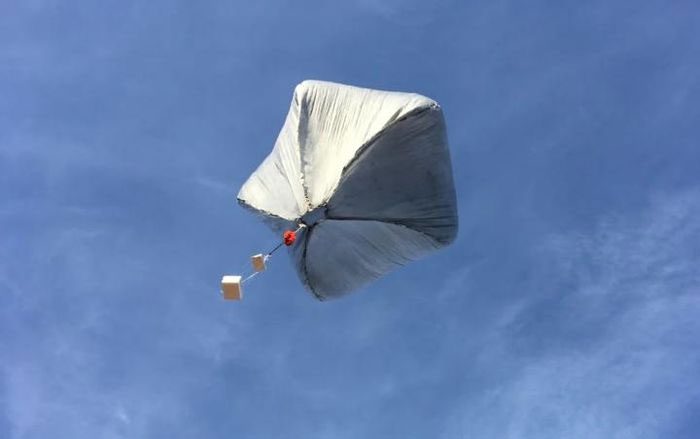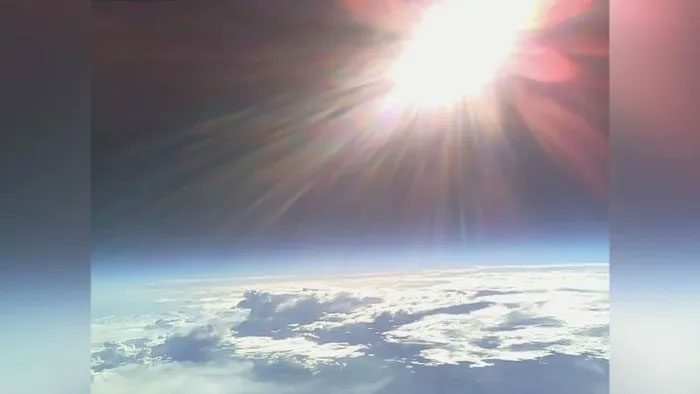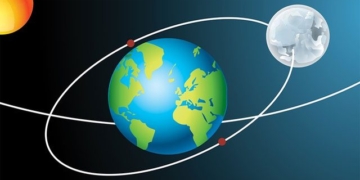At an altitude of over 21,300 meters in the stratosphere of Earth, scientists have discovered “mysterious” sounds that are inaudible to the human ear.
According to scientist Daniel Bowman from Sandia National Laboratories in New Mexico, there exists a type of low-frequency sound in the stratosphere of Earth that is inaudible to humans (known as infrasound – below 16 Hz).
The stratosphere is the second layer of Earth’s atmosphere (ranging from 16,000 meters to 52,000 meters) and lies just below the ozone layer, which absorbs and scatters ultraviolet radiation from the sun. The thin and dry air of the stratosphere is where jet airplanes and weather balloons reach their maximum altitude, and this relatively calm atmospheric layer is rarely disturbed by air turbulence.

A weather balloon used by Bowman and colleagues to capture sounds in the stratosphere of Earth. (Photo: CNN)
Bowman and his team previously utilized weather balloons equipped with cameras to record sounds in the atmosphere when viewed from Earth and vice versa. Now, their balloons are integrated with additional devices powered by solar energy, allowing for longer operational durations.
This experiment by Bowman marks the first attempt to capture sounds in the stratosphere conducted by scientists in 50 years. The simultaneous use of multiple sensor devices integrated into the weather balloon will yield more accurate results compared to using meteorological aircraft.
Bowman also shared that he has conducted many experiments recording sounds from both natural and artificial phenomena such as sounds from a volcanic eruption, thunder, ocean waves, propeller aircraft, city sounds from above, a rocket launch, and earthquakes. Occasionally, he has also recorded sounds of unclear origin in the atmosphere.
The elevated position of the balloon allows for lower noise levels and an expanded recording range – enabling us to listen to the sounds of Earth. However, using balloons for airborne experiments presents challenges for scientists since the stratosphere is a harsh environment characterized by continuous temperature fluctuations between hot and cold.
“Solar-powered balloons are a bit slow, and not every launch is successful,” Bowman stated.

This view from one of Sandia’s solar-powered balloons was taken at an altitude of about 21,000 meters above the Earth’s surface.
Despite this, according to Bowman, it is very difficult to determine the source of the low-frequency sounds in the stratosphere; they could be generated by human activities, such as a jet flying through the area, a rocket launch, noise from cargo ships at sea, or the formation of a storm far from the testing location. The origin of the sounds can only be identified if sufficient data is available.
Bowman believes that these sounds may have traveled up to the stratosphere and their sound waves have bounced back and forth so many times that they become distorted compared to the original sound. He also noted that it is not always possible to record sounds in the stratosphere even at the same location.
This challenge has driven Bowman and his team to decode the mystery of sounds in the stratosphere of Earth. This not only aids in understanding seasonal changes in Earth’s atmosphere but also provides crucial data that supports scientists in conducting atmospheric research on other planets in space exploration missions.





















































